Concerto in C Major, K314 (score & set) - OB/ORCH [POP]
Composer: Mozart, Wolfgang Amadeus
Publisher: Robert Bloom Collection
Edition: 65716
$120.00
Concerto in C Major, K314 (285d)
for oboe and orchestra
by Wolfgang Amadeus Mozart (1756-1791) - Austrian composer
I. Allegro aperto
II. Adagio non troppo
III. Rondo: Allegretto
This definitive orchestral set has been meticulously edited by Robert Bloom. Sarah Lambert Bloom has written seven pages of text as preface, detailing historical information and Robert Bloom's teachings about the work.
The set includes a full score, solo oboe part (complete with cadenzas by Robert Bloom), and one each orchestra parts (Strings, Oboe 1/2, and Horns 1/2).
http://www.youtube.com/watch?v=atfKC9RDsR0
Wolfgang Amadeus Mozart's Oboe Concerto in C major, K. 314 was originally composed in Spring or Summer 1777 for oboist Giuseppe Ferlendis (1755--1802) from Bergamo, then reworked by the composer as a concerto for flute in D major in 1778. The concerto is a widely-studied piece for both instruments and is one of the more important concerti for the oboe. As with his Flute Concerto No. 1, the piece is arranged for a standard set of orchestral strings, two oboes, and two horns. The piece itself is divided into three movements:
I. Allegro aperto
II. Adagio non troppo
III. Rondo: Allegretto.
While the original version for oboe had been lost before Alfred Einstein wrote Mozart: His Character, His Work, the oboe origin of the flute concerto was suspected then, in part because of references in letters to a now-missing oboe concerto, as Einstein wrote, and of similar details in the orchestral string lines which suggested a transposition was used. Also, Einstein noted the two scores in D Major and C Major of the K. 314 Concerto in the Library of the Gesellschaft der Musikfreunde in Vienna, which led to the belief that the oboe concerto was the origin of the flute concerto. The orchestra parts of the composition and solo oboe part in C were rediscovered by Bernhard Paumgartner in Salzburg, in 1920.

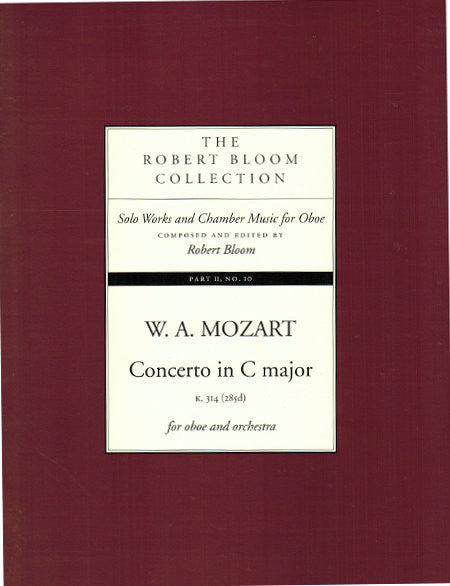
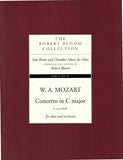
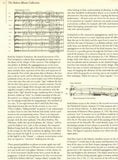
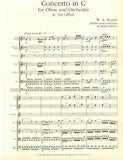
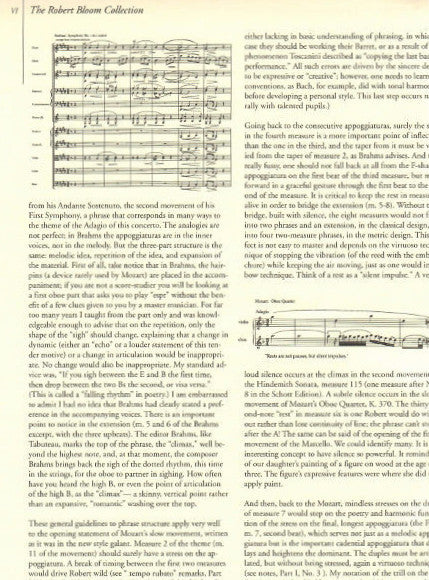
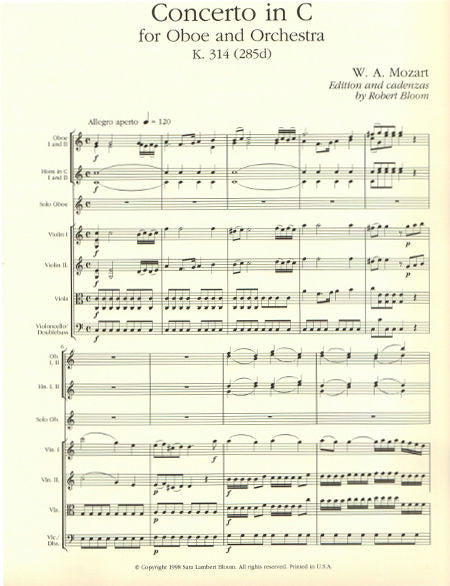
Share this item: